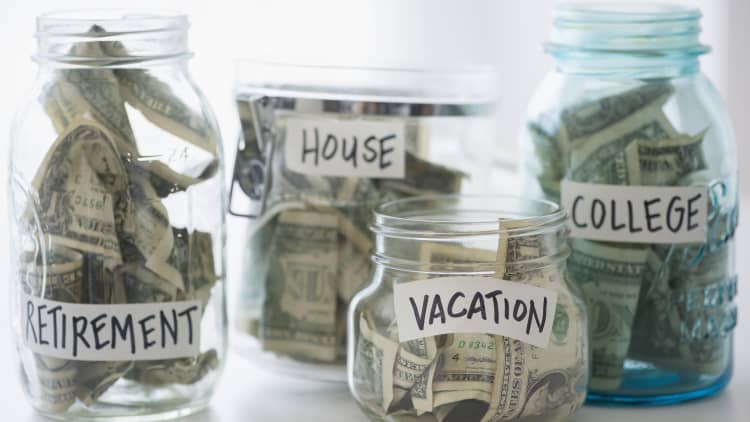
The U.S. economy has remained remarkably strong.
Boosted by a strong labor market, the country has continued to expand since the Covid-19 pandemic, sidestepping earlier recessionary forecasts even after a series of Federal Reserve interest rate increases.
And yet, consumer sentiment recently sank to a six-month low.
That disconnect is what Joyce Chang, JPMorgan’s chair of global research, calls a “vibecession.”
“If you’re a homeowner or if you own financial assets, you’ve done very well, but you’re leaving out huge segments of the population,” Chang explained in a session during the CNBC Financial Advisor Summit on Wednesday.
“The wealth creation was concentrated amongst homeowners and upper-income brackets, but you probably have about one-third of the population that’s been left out of that — that’s why there’s such a disconnect,” Chang said.
On the flip side, the combination of higher interest rates and inflation have hit working-class Americans particularly hard.
Many of these households have exhausted their savings and are now leaning on credit cards to make ends meet.
Recent reports show credit card delinquency rates are rising — especially among young adults who are burdened by high levels of student loan debt and steep costs across the board.
Perception vs. reality
“Though the data on the economy continues to be really strong, the consumer is not feeling that and it’s really showing,” said Courtney Garcia, senior wealth advisor at Payne Capital Management.
“Every client we’ve been talking to over the last several months has brought up the concern of, they’re worried about inflation, worried they can’t spend money,” Garcia said. “That’s regardless of whether the data is coming in good or bad,”
Further, “that consumer sentiment is absolutely fitting into how they’re investing — that’s absolutely why you’re seeing so much cash on the sidelines,” Garcia added.
Although younger generations are more likely to feel heightened nervousness about their financial standing, they also have the advantage of a longer time horizon, Garcia said. “We’re really making sure we’re talking to clients about the importance of looking long term.”
Even in the face of potential headwinds, there are plenty of opportunities for investors in areas such as commodities and small-cap stocks, which underperformed large caps last year, she said.
“Making sure you are broadly diversified is going to be key,” Garcia said. “Your large U.S. companies have done so well; a lot of people are actually overexposed there.”
“It’s probably a good time to take some profits, if you haven’t already,” she said.
Despite the bad vibes, “generally speaking, I’m more positive on the fact that the data is showing the economy — and the consumer — is still on good footing,” Garcia said.